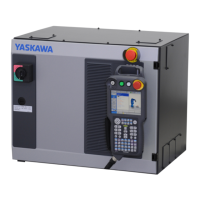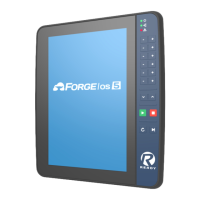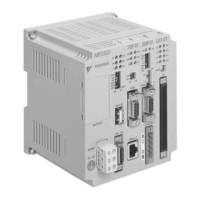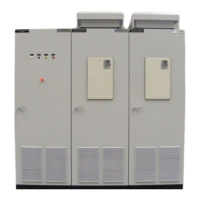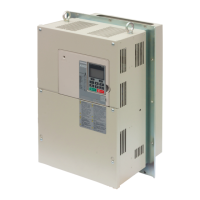2. 2.2 SEQUENCE NUMBER
2.3 COORDINATE WORDS
Integers consisting of up to 4 digits may be writ-
ten following an address character N as sequence
numbers.
Sequence numbers are reference numbers for
blocks, and do not have any influence on the
meaning and sequence of machining processes.
Therefore, they may be sequential, non-sequen-
tial, and duplicated numbers, also not using
any sequence number is possible.
Generally,
sequential numbers are convenient as sequence
numbers.
When searching for sequence numbers, be sure
to search or specify program numbers before-
hand.
Notes :
1. Five or more digits must not be written as a
sequence number.
2.
When two or more blocks have the same se-
quence number, only one is retrieved and
read, and no more searching is performed.
3. Blocks without sequence numbers can also
be searched for with respect to the address
data contained in the blocks.
2.2.3.
OPTIONAL BLOCK SKIP (h - /91+]
Those blocks in which “ /n” (n = ( 1 - 9) is in-
cluded are neglected between
that block, when the external
switch for that number “n” is
EXAMPLE
/2 N1234 GO1 x1OO /3
When the switch for /2 is on,
In and the end of
optional block skip
on.
Z200;
the.
entire block is
neglected, and when the switch for /3 is on,
this block is read as if
N 1234 GO1 xlOO; .
With “ 1, “
1!l!! may be omitted.
Notes :
1.
The optional block skipping process is execut-
ed while the blocks are being read into the
buffer resister. Once the blocks have been
read, subsequent switching on is ineffective
to skip the blocks .
2.
While reading or punching out programs,
this function is ineffective.
3.
The block skip /2 - /9 is an option function,
and /1 is a basic one.
Generally,
commands for movements in axis direc-
tions and commands for setting coordinate sys-
tems are called coordinate words, and coordinate
words consist of address characters for desired
axes and numerals representing dimensions of
directions.
2.3.1
COORDINATE WORDS
Address of Coor-
dinate Words
I
Meaning
1 I
Absolute coordinate position of t~get
x,
z
position
Main Axis
I
Incremental distance
U, W (U: Direction in X-axis,
I
+
W: Direction in Z-axis)
—
Incremental distance between start point
Radius
I
1, K
and center of circular arc.
Value
(1: X-axis component,
for Circular
K: Z-axis component)
Interpolation
R’
Radius value of circular arc
Note: When G 90 and G 91 are used, addresses X and Z are
not fixed as absolute value and follow accofdi ng to G 90/G 91
designation. For details, refer to 2. 3.5 Absolute and
Incremental Inputs.
2.3.2 SIMULTANEOUS CONTROLLABLE AXES
The control provides two-axis control for X- and
Z–axis.
Number of simultaneously controllable
axes, when commanded in the same block, is
two axes ,
Xand Z. For the axis without com-
mands, movement will not occur.
2.3.3
LEAST INPUT INCREMENT AND LEAST
OUTPUT INCREMENT
2,3,3.1
Input Unit and 10 Times Input Unit
The minimum input units that can be commanded
by punched tape or MDI are shown below.
Least Input Increment
X-axis is specified for diameter,
7
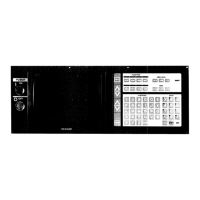
